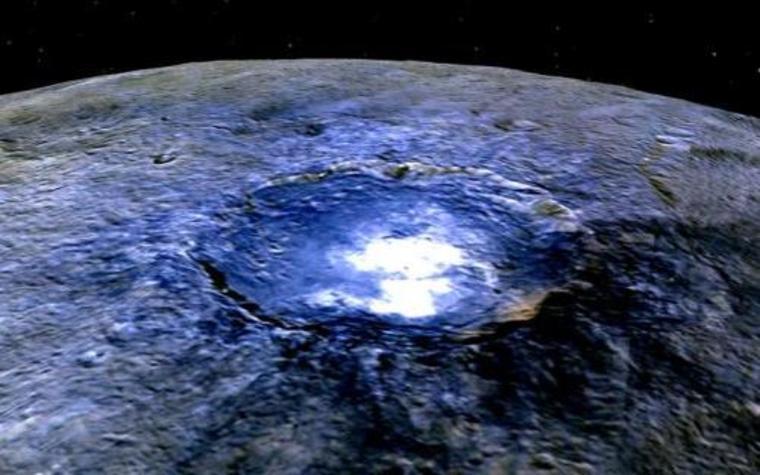Brown University geologist Carle Pieters is part of a NASA team that's deciphering the first batch of data coming back from the dwarf planet Ceres.
The information is courtesy of the Dawn spacecraft, which was launched in September 2007 to investigate two planet-like bodies found in the asteroid belt between Jupiter and Mars, of which Ceres is one. The data was gathered during the spacecraft's approach to Ceres and gave scientists new and curious information about the composition of the proto-planet's surface.
“This is an exciting time in the mission when we really start to dig into the data,” Pieters said. “We’re learning a lot, but there’s still so much about Ceres that has our heads spinning.”
Dawn also provided some additional analysis that's helping the team hypothesize about a patch of bright spots on Ceres' surface, shown by sets of images. The new information suggests they could be salt deposits left from subsurface saltwater that was released during some kind of impact. But that is just one of the possibilities the team has considered and more research will be necessary to come to a conclusion.
Moving forward, Pieters said the spacecraft is in its lowest orbit over Ceres thus far -- approximately 232 miles above the surface -- and the team expects to learn much more in the months ahead.


 Alerts Sign-up
Alerts Sign-up